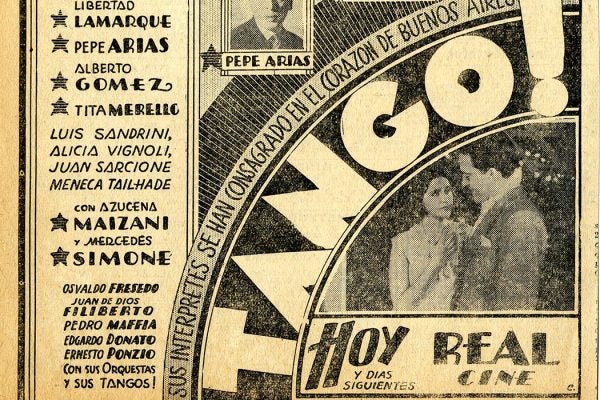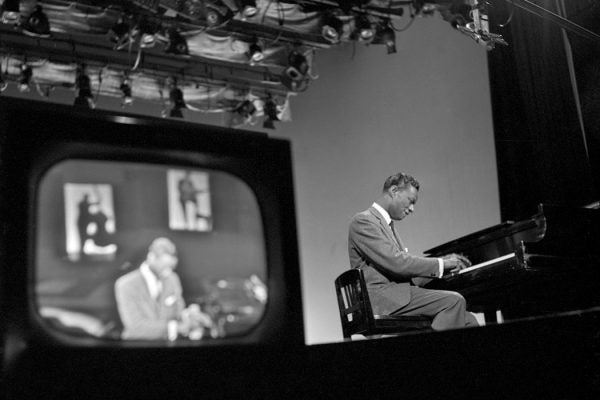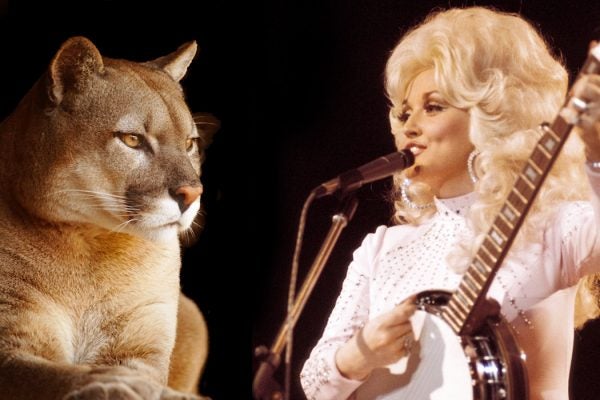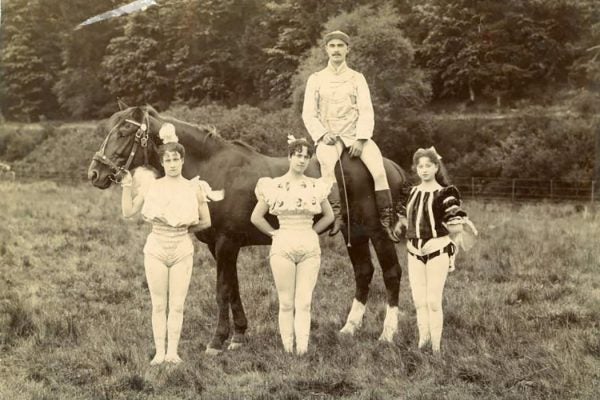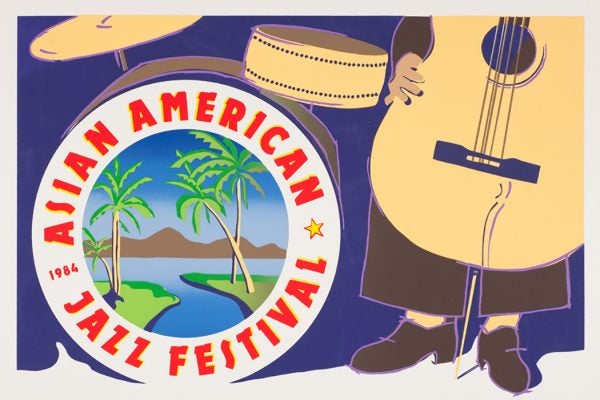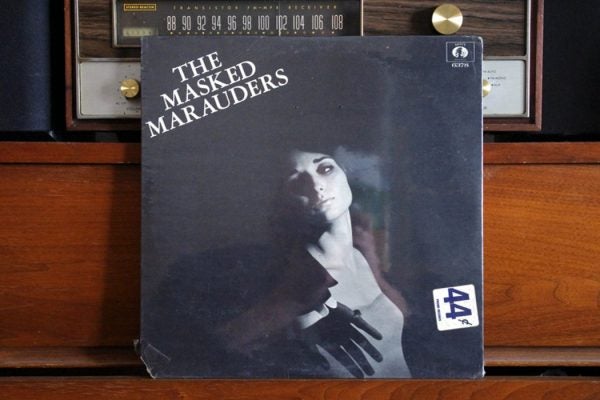Thank You, Tweens, for Your Pop Music Icons
Olivia Rodrigo is only the latest star to emerge from the wonderful world of Disney.
How Women Singers Subverted Tango’s Masculinity
In the hands of performers known as cancionistas, the genre known for its machismo was transformed.
The Work of Pioneering Musicologist Eileen Southern
The scholarship of Black music was transformed by Southern's work, and is now being honored by a new initiative.
Way before MTV, Music Ruled the Living Room
I want my Ed Sullivan, Arthur Godfrey, and Lawrence Welk! To say nothing of Soul Train!
How Dolly Parton Is Literally Like a Cougar
The mountain cat’s cries, like Dolly Parton’s famous songs, carry the diverse voices of rural Appalachia.
Vintage Circus Photos from the Sanger Circus Collection
In Victorian England, the circus appealed across an otherwise class-divided society, its audiences ranging from poor peddlers to prestigious public figures.
Can Bach Make You Buy More Stuff?
Classical music carries an air of sophistication. One scholar tries to figure out whether it also translates into more ka-ching.
Out of Black Liberation, Asian American Jazz
Inspired by Black artistic and political movements, musicians from diverse communities began expressing pan-Asian cultural belonging and freedom.
How Tribute Bands Celebrate Music History
They're not just cheese! For some people, seeing a band play note-for-note covers of classic songs goes beyond nostalgia.
How a Fake Supergroup Mocked the Real Thing
The Masked Marauders were the cockamamie creation of a bored rock critic. They still sold 100,000 albums.
